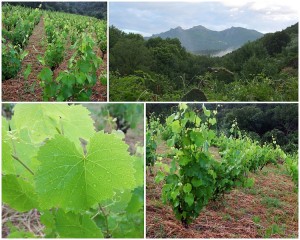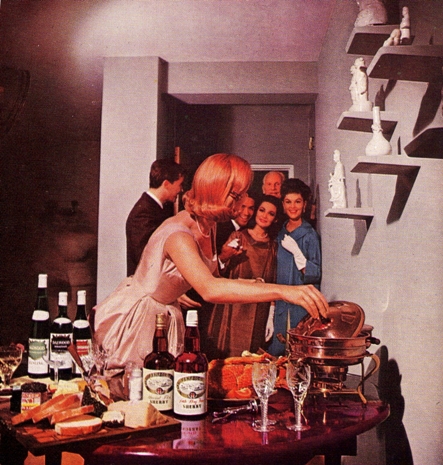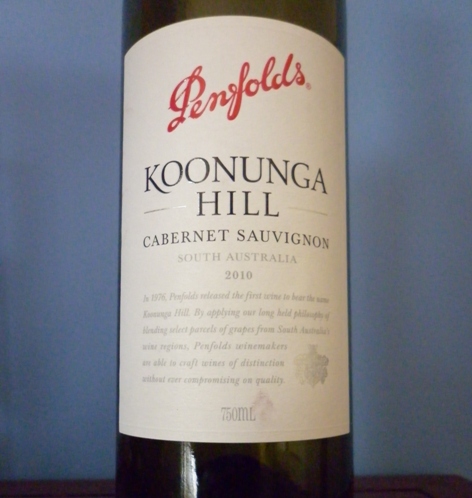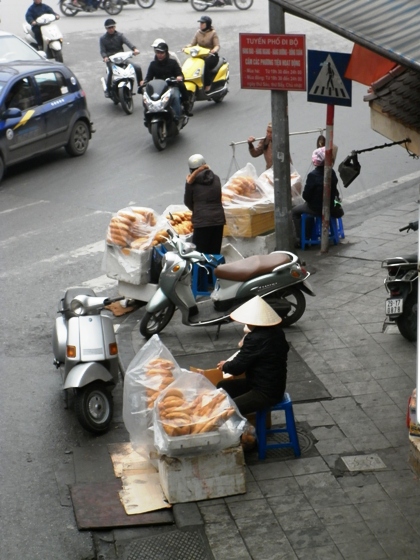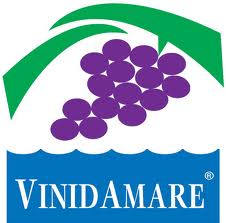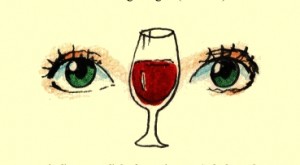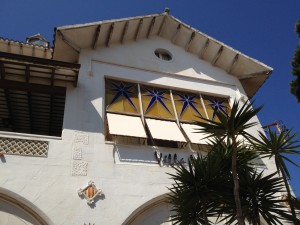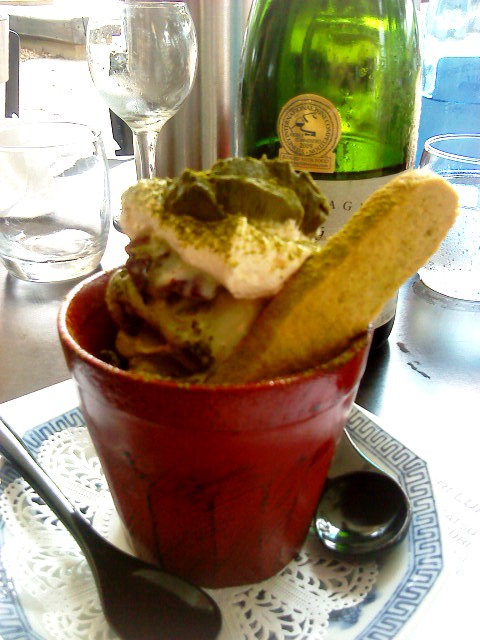Campbells Classic Rutherglen Muscat – 500ml $44 – 92/100. Shows clear golden syrup hues – a quick swirl in the glass leaves lovely ‘legs’. Bouquet of aged alcohol, raisins and ‘roll your own’ tobacco. Goluptious palate of dark fruitcake, leather, and aged wood. A superb after dinner treat.
d’Arenberg Dadd Sparkling – $28 – 87/100. Adelaide Hills, South Australia. Chardonnay, pinot noir, and pinot meunier blend. Pale lemon colour, small slow bead. Light bouquet of warm bread rolls and lemon peel. Dry in the mouth, medium bodied with toasty aspects, dried pears and a crisp citric finish.
Juniper Crossing Semillon/Sauvignon Blanc 2011 – $20 – 86/100. Margaret River, Western Australia. Nose of lemon grass and tomato leaf. Fresh vigorous palate, with a lychee character that reminds me more of sauvignon than semillon fruit.
The Lane Gathering Sauvignon Blanc/Semillon 2009 – $35 – 89/100. Adelaide Hills, South Australia. Herbal nose of lime and a hint of green apple. Smooth, mouth-filling palate with some more of the Granny Smith apple, supported by firm, lemon acidity.
Penfolds Bin 51 Riesling 2011 – $33 – 91/100. Eden Valley, South Australia. Mineral nose with delicate citrus blossoms. Classic varietal palate somehow reminds me of Rose’s Lime Marmalade – without the sugar. This white has a long aftertaste with beautifully balanced, lip-smacking acidity.
Shaw + Smith Adelaide Hills Pinot Noir 2010 – $48 – 90/100. Pale crimson. Heady rose water and strawberry conserve nose. The light colour belies a solid palate stacked with red berry flavours, subdued oak and subtle tannins. Illusions of sweetness from the fruit taper off into a satisfying firm and dry finish.
Angove McClaren Vale Shiraz 2010 – $18 – 87/100. Deep red hues. Warm (14.5% alcohol) and ripe blackberries on the nose. Generous palate of plums, summer berries and mild vanilla oak. Main course style for sure.
Blackjack Major’s Line Shiraz 2009 – $25 – 90/100. Bendigo, Victoria. Peppery fruity nose with a hint of anise. Pleasing intensity of flavours on the palate with sub-strata of liquorice and a hint of dark chocolate.
Zema Estate Cluny Cabernet Merlot 2008 – $26 – 89/100. Coonawarra, South Australia. Dark ruby colour. Lifted nose of mulberries and blueberries. Chewy, dry palate shows more concentrated blueberry character, along with an olive savouriness, the whole ably supported by balanced oak.
Sierra Nevada Stout 355ml stubbie – 6-pack $24 plus – 90/100. California, USA. Delicious roast coffee hints on the nose. Silky smooth and thick in the mouth, showing earthy mocha character and mild bitterness towards the finish. Though a little sweeter, this is right up there with my favourite, Coopers Stout.
Ratings
95+ – Trophy
90+ – Outstanding
85+ – Fine drinking
80+ – Good stuff
75+ – Commercial drop
Prices in Australian dollars.
